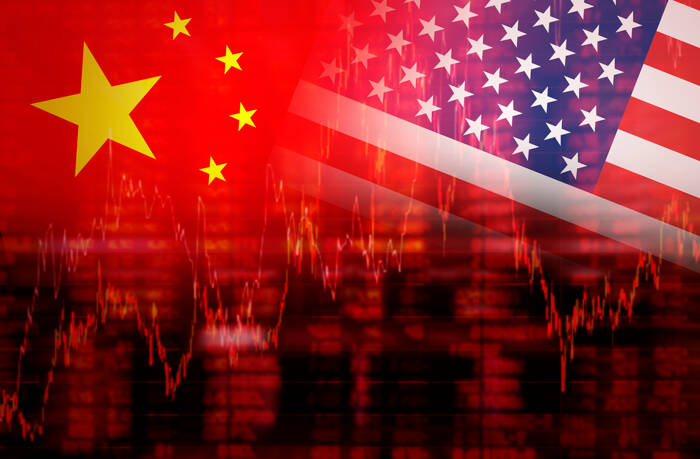Notably, Trump’s request followed China-Russia-backed Shanghai Cooperation Organization (SCO). President Vladimir Putin and Indian Prime Minister Narendra Modi attended the summit.
While targeting China through the EU, the US has also resumed trade talks with India. President Trump announced progress toward a deal, stating:
“I am pleased to announce that India, and the United States of America, are continuing negotiations to address the Trade Barriers between our two Nations. […[ I feel certain that there will be no difficulty in coming to a successful conclusion for both of our Great Countries!”
Trump could pressure India to stop purchasing Russian oil and to step back from China. Could the US President be looking to tilt the balance in his favor ahead of renewed trade talks with China?
China’s Economy Under Strain
US tariffs have started to affect the Chinese economy. Exports to the US fell 33% year-on-year in August, slowing total export growth to 4.4% compared with 7.2% in July. Unemployment has risen from 5% to 5.2%, with youth unemployment soaring to 17.8% in August, up from 14.5% in July. The sharper increase in youth unemployment highlighted structural labor market challenges. Rising unemployment also weighed on retail sales, raising doubts about Beijing’s 5% GDP growth target.
Beijing responded to the slowing economic momentum, pledging fresh stimulus measures. On Wednesday, September 10, China’s National People’s Congress Standing Committee held a plenary meeting, vowing to utilize fiscal policy to support stable employment and trade.
Robin Brooks, Senior Fellow at the Brookings Institution, commented on China’s trade data and economic outlook, stating:
“China is in a tough spot. Its exports to the US are down 24% q/q in Jun ’25. Exporters have only 2 options: (i) transship to the US; (ii) export goods to other countries at a discount to generate demand. Either way, a big hit to profitability and a deflationary shock for China.”
Mainland Stock Markets Hold Firm
Mainland China equity markets have avoided a sharp reversal of year-to-date (YTD) gains despite cracks forming in the economy and margin squeezes.
The CSI 300 and the Shanghai Composite Index have risen 12.97% and 13.74% YTD, tracking the Nasdaq Composite Index (13.34%). However, the Hang Seng Index leads the way, rallying 30.61% YTD, benefiting from Mainland China and overseas investor inflows.
Beijing’s pledges to support the economy have bolstered demand for Mainland and Hong Kong-listed stocks. However, trade developments, China’s housing crisis, and domestic demand will be key market forces in the near term.
Weakening external demand could impact the labor market. Rising unemployment may weigh on consumer sentiment and spending, undermining Beijing’s efforts to boost consumption.
However, addressing the housing sector crisis and reaching a trade deal with the US could change the narrative. Crucially, a trade deal would likely boost external demand, easing margin pressures. Rising margins could spur job creation and lift domestic consumption.



